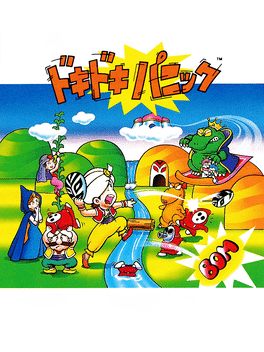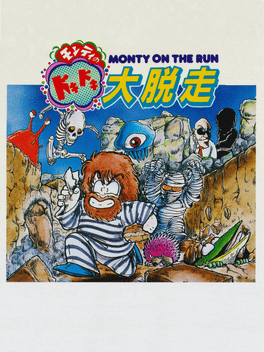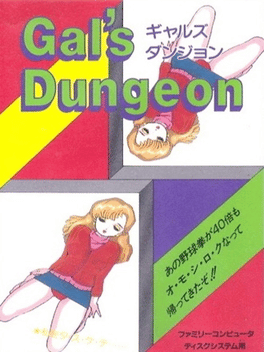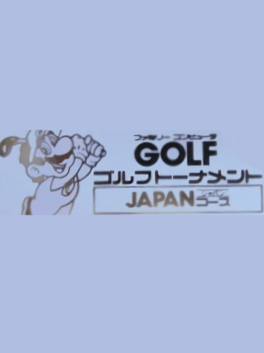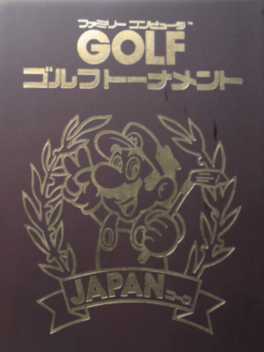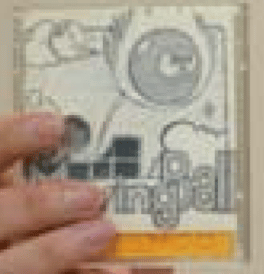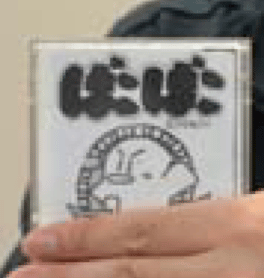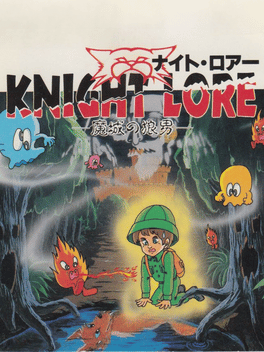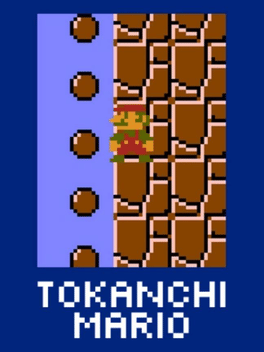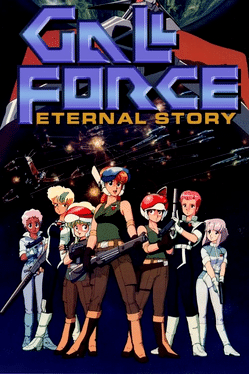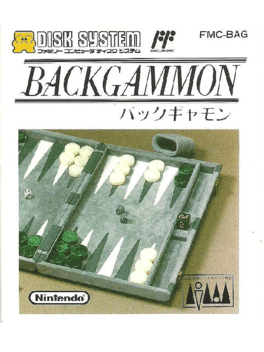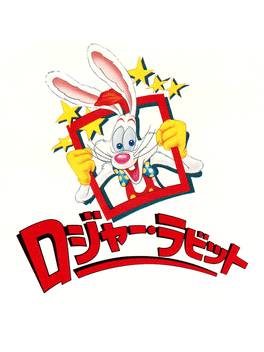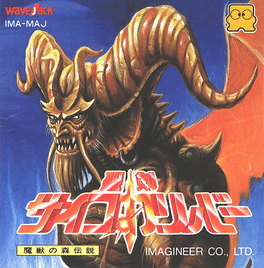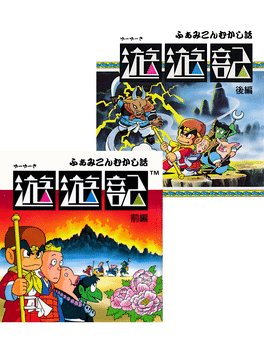Most Popular Family Computer Disk System Games
-
Yume Koujou: Doki-doki Panic
1987
star 7While two children, Poke and Piki, are reading a story, a monstrous hand suddenly appears from inside the pages and kidnaps them. When the rest of the Dream Factory family hear their cries of help, they jump into the story and help save them from the evil Wart. The game was released as part of the Yume Koujou '87 event (sometimes referred as Dream Machine, in English), which was sponsored by Fuji TV, and stars its mascots. The game was edited and released as Super Mario Bros 2. Due to Nintendo of Japan feeling like their version of Super Mario Bros 2 would be too difficult and outdated by the time it got to the United States. -
Monty on the Run
1987
-
Gal's Dungeon
1989
-
Sutte Hakkun
The original version of Sutte Hakkun, developed for the Family Computer Disk System, presented on the Nintendo Development Seminar by the developers who would later stablish indieszero. It was never released to the public. -
Knight Lore
1986
Knight Lore
1986
This version of the game extensively modifies the graphics and sounds. It is the only version of the game that has color graphics. While the original game took place in a dungeon, this version takes place in a forest. -
Palps
Palps is a cancelled Famicom Disk System game. The game would have involved a mixture of programming and gameplay. It is believed that the player would have not have been controlled by themselves, but rather that the player would program how they react to other things around them. -
Tonkachi Mario
1987
Tonkachi Mario
1987
Tonkachi Mario is a bootleg kaizo rom hack of Super Mario Bros. made with Tonkachi Editor, an unlicensed code editor for the Famicom. It is currently the earliest known rom hack of Super Mario Bros, alongside being the first hack of the kaizo genre, dating back to 1987. -
Gall Force: Eternal Story
1986
Gall Force: Eternal Story is an Action game, developed and published by HAL Laboratory, which was released in Japan in 1986. -
Backgammon
1990
-
Time Twist: Rekishi no Katasumi de...
1991
Time Twist: Rekishi no Katasumi de... is a text-based adventure game developed by Pax Softnica under Nintendo EAD and published by Nintendo for the Family Computer Disk System in 1991. The game was never released outside Japan. Time Twist was sold across two separate discs released on the same day, and completion of the first disc is required to activate the second. -
Roger Rabbit
1989
Roger Rabbit
1989
Roger Rabbit is the first game in the Crazy Castle series, known in the West as Bugs Bunny's Crazy Castle. The Roger Rabbit version was developed for the Famicom Disk System and released only in Japan. -
Seiken Psycho Caliber: Maju no Mori Densetsu
1987
Seiken Psycho Calibur is an adventure game for the Famicom Disk System, developed by Imagineer and published in 1987. It is part of the Wave Jack series of games produced by Imagineer that come with more accessories than the average video game, including a story book and audio cassette tape. Seiken Psycho Calibur is, in many ways, an attempt to copy the success of The Legend of Zelda. However, it fails to inspire the same level of wonder and fascination. It also lacks a good degree of polish that made the afore mentioned title so great. Nevertheless, Seiken Psycho Calibur is a relatively fun game to play, as long as you have a fair degree of insight into how the game is played. There are some unintuitive aspects of the game that can make progress in the game quite difficult. For example, you begin the game in a town which offers a variety of goods for sale, but you only receive so much money, and you can never return to the town once you leave. Therefore, what you decide to invest your money in has a substantial -
Famicom Mukashibanashi: Yuuyuuki
1989
Famicom Mukashibanashi: Yuuyuuki is a 2-part Famicom Disk System game. Yuuyuki is an adventure game played by choosing from several text commands shown on screen. It resembles its predecessor, Shin Onigashima, in its implementation of the "Change Character" command, usage of traditional Japanese fairytales, and general screen layout and appearance. The story-line is a parody of the Chinese novel Journey to the West, where two main characters, Goku and Chao, embark upon separate journeys to find one another. In Yuuyuki, the "Change Character" command can switch between a maximum of five different characters. However, there are very few points in the game where it can actually be used to such extent. Its main use is to switch between Goku and the others accompanying him. Like Shin Onigashima, the character in use can greatly affect the descriptive text shown on screen, and the significant increase in number of characters allowed for more variety in each scene. It is possible to enjoy the game by viewing the reactio
